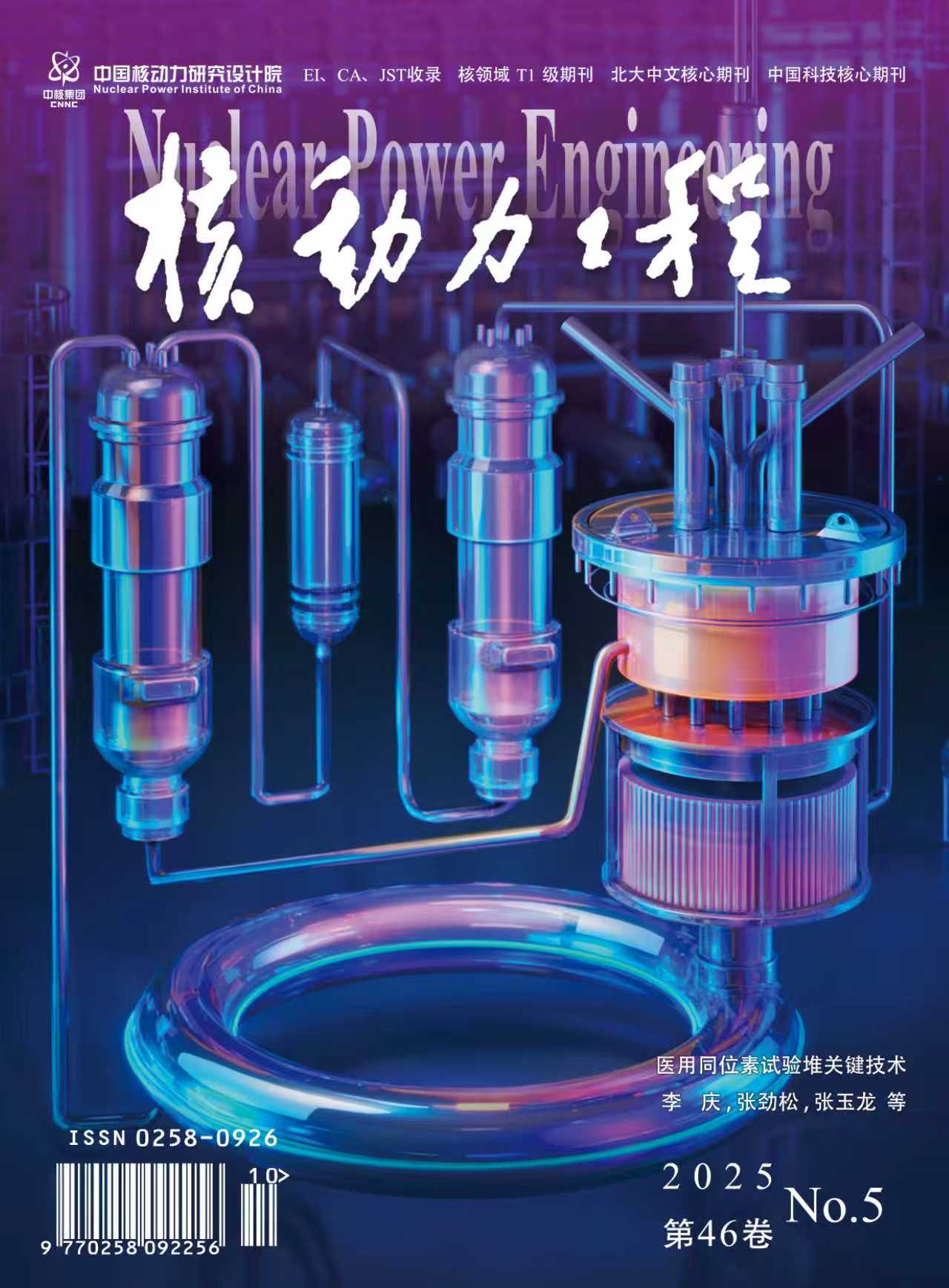2006 Vol. 27, No. 3
Display Method:
2006, 27(3): 1-5.
Abstract:
2006, 27(3): 6-10.
Abstract:
2006, 27(3): 11-15,31.
Abstract:
2006, 27(3): 16-19.
Abstract:
2006, 27(3): 20-23.
Abstract:
2006, 27(3): 24-27.
Abstract:
2006, 27(3): 28-31.
Abstract:
2006, 27(3): 32-36,52.
Abstract:
2006, 27(3): 37-42.
Abstract:
2006, 27(3): 43-46.
Abstract:
2006, 27(3): 47-52.
Abstract:
2006, 27(3): 53-56,66.
Abstract:
2006, 27(3): 57-60,96.
Abstract:
2006, 27(3): 61-66.
Abstract:
2006, 27(3): 67-70,82.
Abstract:
2006, 27(3): 71-74,86.
Abstract:
2006, 27(3): 75-77,101.
Abstract:
2006, 27(3): 78-82.
Abstract:
2006, 27(3): 83-86.
Abstract:
2006, 27(3): 87-91.
Abstract:
2006, 27(3): 92-96.
Abstract:
2006, 27(3): 97-101.
Abstract:
2006, 27(3): 102-107,112.
Abstract:
2006, 27(3): 108-112.
Abstract:



